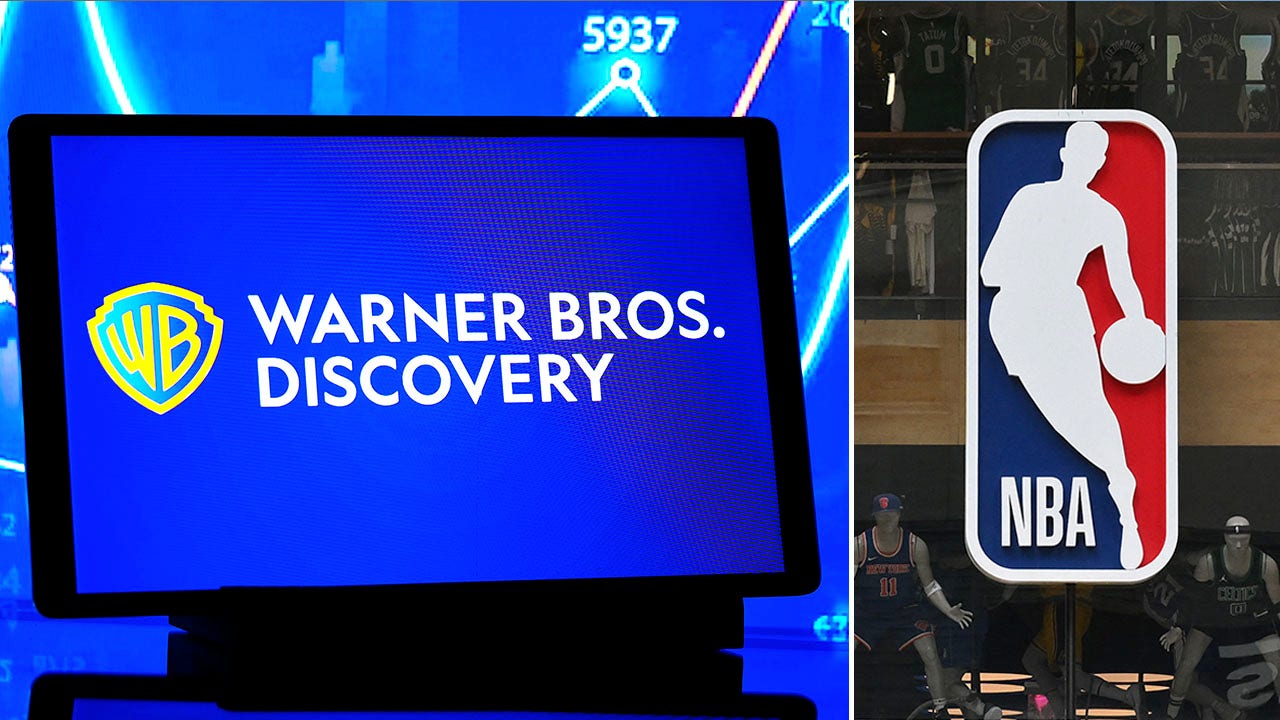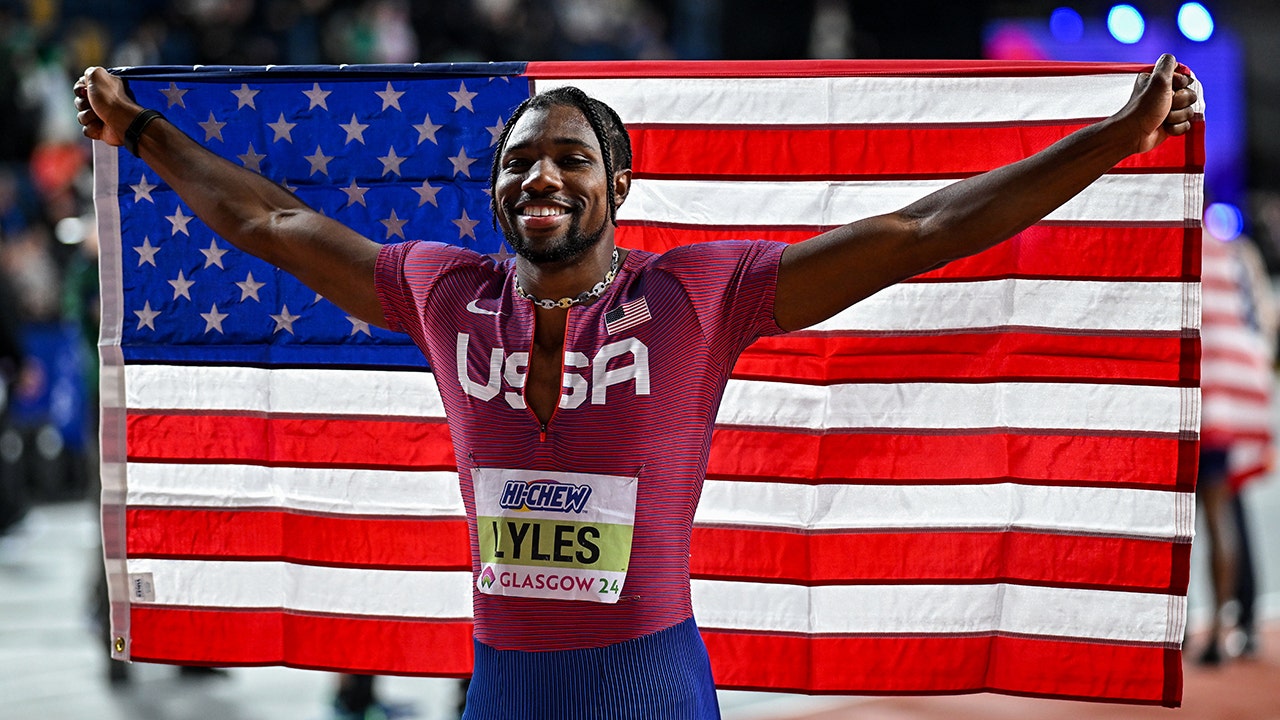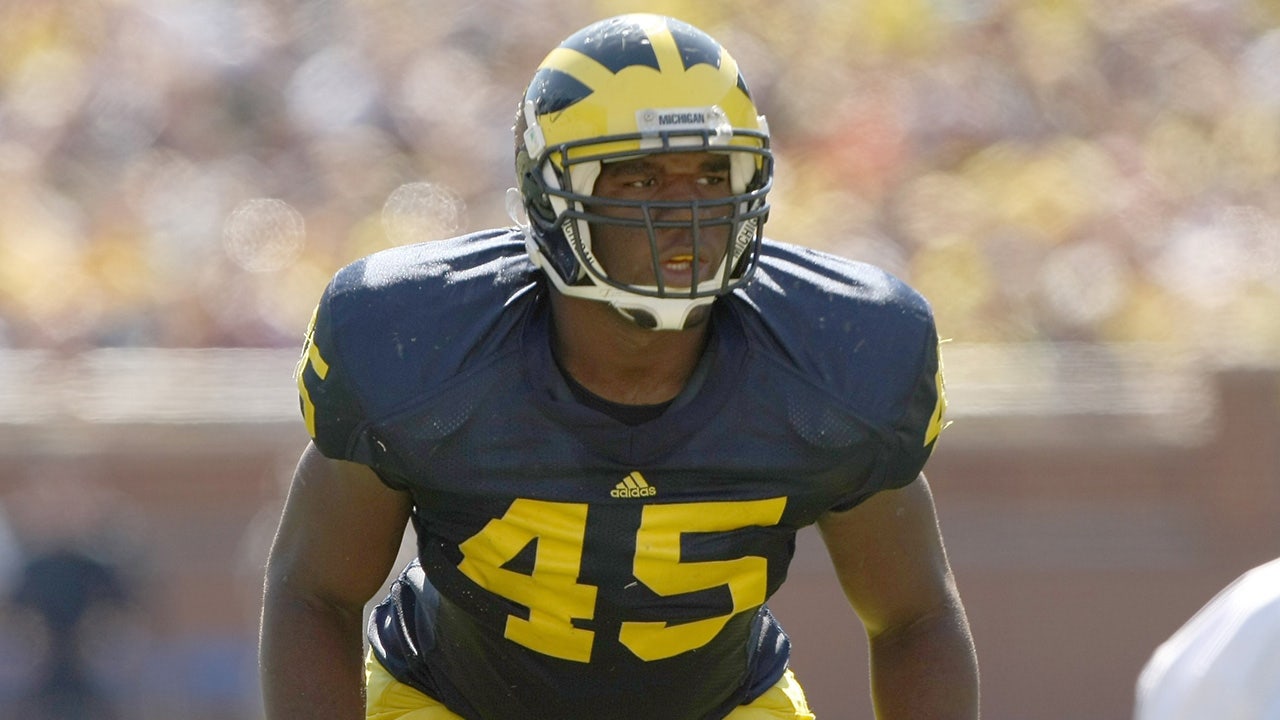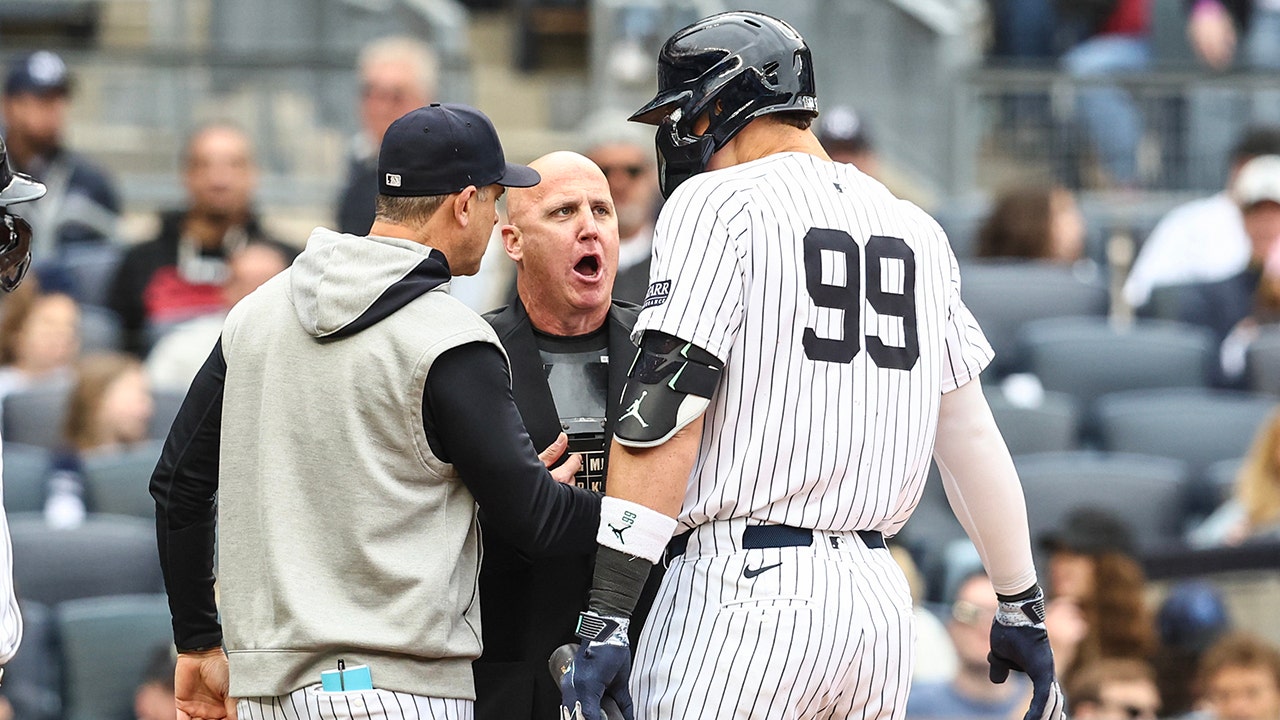
In Steve Smith’s third year as UCF’s director of player development, the school started prepping for the upcoming revolution.
Soon, for the first time, college athletes would be able to make money off their name, image and likeness.
“They all call me ‘Smitty,’ and they said, ‘Smitty, you need to make sure none of our athletes jeopardize their eligibility prior to this being passed and going into effect,’” Smith recalled.
UCF’s compliance department mentioned then-starting star quarterback Dillon Gabriel, who wanted to launch a clothing brand. It was Smith’s introduction to NIL, and it opened his eyes to uncharted territory and what he considered boundless opportunities. A few months later, in August 2021, he pivoted careers and became an NIL agent.
Smith formed his own LLC and registered with the state of Florida as a sports agent. His first client? The easygoing left-handed QB from Hawaii.
Smith, and others who saw need and opportunity, joined an industry where everyone is navigating an evolving marketplace. It goes beyond setting up partnerships with brands, as Gabriel, who transferred to Oklahoma and then Oregon, has had with Old Spice, Sonic and others. The collision of NIL with the transfer portal has created its own cycle of competitive matching between school and player, in which NIL deals are part of players picking new programs.
GO DEEPER
College football portal confidential: How tampering, NIL deals and portal chaos happen
Collectives affiliated with schools often offer packages ranging from the tens of thousands to, in the biggest cases, the millions, in exchange for social media posts, public appearances or autographed memorabilia before or after a transfer signs with his new school.
The spring portal window closed in April after being open for two weeks. In that span, more than 850 scholarship football players entered the portal. In total, more than 2,600 scholarship college football players entered the transfer portal this offseason looking for a new home.
Because of challenges to the NCAA in federal court, rules prohibiting NIL deals from serving as inducements to attend particular schools are no longer enforced, and athletes are allowed unlimited transfers and immediate eligibility.
When it comes to the portal, some agents, several of whom spoke with The Athletic on the condition of anonymity, said landing the biggest deal with collectives is the priority for some players. But some agents said they’re not trying to squeeze the most money out of what is essentially college free agency — their aim is to help athletes create a marketable brand by looking at the big picture.
NEWS: Top QB Jaden Rashada is entering the transfer portal per his agency Disruptive Sports @disruptivesport @henryorgann pic.twitter.com/jIiZnG3FN2
— Cameron Wolfe (@CameronWolfe) April 18, 2024
Agents’ involvement in the transfer portal has been more visible, with players citing or thanking their agencies on transfer announcements and reps speaking on their behalf to reporters regarding offers and visits. But their roles appear varied with a broad range of qualifications and involvement.
A common saying, even by the agents themselves, is that anybody’s aunt or uncle can act as an NIL agent.
Players, coaches and agents say publicly the “football fit” comes first when players seek to transfer. And getting on the field matters for long-term aspirations. But the money, either to stay at a current school or pick a new one, makes the process more complex.
“I don’t think most kids go in the portal for money,” said Russell White, president of Oncoor Marketing, who represents college athletes in the NIL space, as well as NFL and NBA players. “They just want to make sure they capitalize on that piece.”
That’s where agents can come in.
Chase Moss, CEO of First Class Prospects, said a common blueprint to get players entering the portal more attention is to release information to recruiting sites or reporters with a large online following. That’s when staffers from schools often follow the player and/or agent on social media and begin to work on this round of recruitment.
“We don’t have them commit until we have (an NIL) deal, because otherwise there’s no point,” Moss said.
When a player enters the transfer portal, how do they know what they should be worth? The specifics of deals usually remain private.
“That’s based on conversation and experience in the marketplace,” said Jeff Hoffman, whose agency, Everett Sports Marketing, has represented 2024 first-round NFL Draft picks Marvin Harrison Jr., Brock Bowers, Xavier Legette and others. “It’s talking to other agents, collectives, and having relationships to have an understanding of where people are being offered in that pay band to know where my guy should be.”
During open transfer windows, just hearing what players are being offered can prove invaluable.
“The beauty of the portal is, once you get in, a ton of schools can contact you, and that’s where the information just flows,” White said.
Last fall, Nebraska coach Matt Rhule told reporters that the anticipated going rate in the portal to sign a starting-level quarterback in NIL funds is anywhere between $1 million to $2 million.
Star quarterbacks, running backs, wide receivers, some tight ends and some defensive standouts make the most, said the director of a power conference collective, speaking on the condition of anonymity, and some of the best-run collectives can pay well for first- and second-stringers, and sometimes beyond. Agents who spoke to The Athletic said they were aware of which programs’ collectives appear to have the most money to spend on NIL — and which ones don’t.

GO DEEPER
‘It’s basically like a silent auction’: Why are college football NIL deals hush-hush?
Agents say they can protect players from signing bad deals. Negotiations can include elements like use of a car, pay for parents’ travel to games and disability insurance. Without representation, some players transferring this offseason, Hoffman said, may not have a full understanding of how deals can work.
“Let’s use a round number: I’m going to transfer, and I’m getting paid $100,000,” Hoffman said. “Half of that is going to my car and my apartment. The other $50,000 is breaking down into monthly payments. I have to pay taxes on that, so that’s taken out. So let’s say after that I am down to $36,000 and getting paid $3,000 a month. For that $3,000 a month, I need to attend 10 events, post 15 times on social media and provide 10-20 signed pieces. It’s just not viable. It’s not commensurate with the pay.”
But using an agent can also come with potholes. In December, The Athletic detailed how a disconnect between former Syracuse linebacker Leon Lowery and his former NIL agents nearly derailed his transfer to Wisconsin.
“I would say most are working in the best interest of (their clients), in terms of making more money,” one agent said. “But what percent are good or make good decisions or help them? I would say few.”
Some parents, agents say, have pushed their children to enter the portal in search of a heftier paycheck or have negotiated built-in stipends for themselves in NIL contracts.
One agent told The Athletic of parents or family members handling negotiations: “It seems the assumption is, ‘We could do this on our own.’”
In recent years, many high-profile programs created the role of a general manager who helps bridge the gap between coaches and collectives. If a player is wanted by a staff, a GM will inform a collective CEO to be prepared to reach out to the player or the player’s agent.
Said one agent: “When it comes to NIL conversations, it’s collectives. We’re not really dealing with coaches. But at the same time, I do talk to coaches. ‘Hey coach, our guy is thinking about entering the portal. Is this somebody you’d want in your locker room? How quickly could he get on the field for you? What holes do you need to fill?’ So we talk about on-the-field stuff. I’m not saying coaches don’t talk about money, but it’s typically not what is discussed.”
Said Smith, now part of Legend Agency: “Once you have your school and somebody likes it and is a good fit, then the conversation really does come down to: What is market value right now? What other offers have you received? Here are the deliverables, are you on board with those deliverables? And then the collective has to understand, does this person add value to what else we’re trying to do?”
One common issue agents and collectives alike have faced is misunderstanding of worth in the NIL marketplace.
In the middle of bowl season in December, there were more than 1,800 players in the portal. Some agencies offer consultations to players or negotiate short-term NIL contracts just to see what the process is like.
“Not everyone is going to make a lot of money,” Smith said. “It’s like the real world. Not everyone is rich.”
The biggest opportunities are there for big-name players like Gabriel, who can harness the full power of NIL, more along the lines of how many expected NIL to work before the rise of collectives. At Oklahoma, in addition to partnering with the Crimson and Cream OU Collective, Gabriel had existing deals with EvoShield, Rock ‘Em Socks and more. He’s retained a few preexisting deals since moving to Oregon.
Aided by Smith, he’s become involved with local NIL deals, including a roofing company and a clothing brand called Ducks of a Feather, which allows participating athletes to profit off merchandise sales. It was launched by the Oregon collective, Division Street, headed up by two former Nike executives.
Similarly, Notre Dame’s Riley Leonard is represented by Peter Webb and Doug Young and their NIL agency, QB Reps, which represents only quarterbacks. The duo has 20-plus years experience in sports marketing and coaching at various levels. In addition to Leonard, they represented former Oregon QB Bo Nix.
“When a kid goes into the transfer portal and has all these different opportunities from these different schools, slowly we’re just able to build an evaluation process at every single school, but only for quarterbacks,” Webb said. “If you’re a five-star quarterback that goes to Alabama, Clemson or LSU or Oregon, we’re going to know exactly what that looks like.”
Webb and Young, who also worked with Leonard while he was at Duke, said he has 10 NIL partnerships, including Gillette, EA Sports, Topps, Leaf trading cards and Rhoback apparel, with more in the pipeline. Mission BBQ, one of Leonard’s first local partnerships, is 10 minutes from Notre Dame Stadium in Mishawaka, Ind. The new Fighting Irish starting quarterback is already in high demand.
“This is a different story when Riley is arriving at Notre Dame than if he’s arriving at some other school,” Young said.
Exact numbers of NIL agents aren’t known. Most states require agents to register, but qualifications — and enforcement — are light. Some agents hope to represent players who make it to the NFL, where agents must be certified by the players association.
The range remains predictably immense. Some players like Arizona State wide receiver Raleek Brown and Tulane wide receiver Mario Williams have hired Jay-Z’s Roc Nation to represent them. Then there are some who hire agents whose websites listed in their online social media bios still don’t work. Some go it alone.
“We still have kids making $100,000 or more that aren’t using NIL agents for negotiations,” said the collective director, who estimated maybe 10 to 15 percent of the 150 deals his group strikes a year are negotiated by agents.
The commission taken home by agents can vary greatly, too. While the general consensus ranges anywhere from 10 to 20 percent on NIL, some agents can take a cut as low as 5 percent. Some take no commission on deals negotiated with collectives. One agent who spoke to The Athletic said no agent should be going above 20 percent under any circumstance.
The collective director said the running joke of “someone’s aunt or uncle” doesn’t always refer to nefarious intentions or bad endings. Oftentimes it works out just fine. But he added regulation in the NIL space is needed across the board.
The NCAA is working to build and maintain a voluntary registration portal for agents and other professional NIL service providers — a pet project of NCAA president Charlie Baker. Several agents who spoke to The Athletic doubted it would make much impact.

GO DEEPER
Why is the NCAA proposing a new subdivision? Explaining the related legal battles
NIL continues to evolve. A proposal by Baker could lead to collectives moving in-house and schools paying athletes directly. The many lawsuits putting pressure on the NCAA may lead to a new model of athletes as employees who collectively bargain.
“The players should like ‘the wild west,’ because that’s where you can maximize. Others don’t because it’s not mutually beneficial at the moment,” Gabriel said. “However, I think there’s definitely changes on the way. I know this is not sustainable long term.”
(Top image: Dan Goldfarb / The Athletic; istock)









